Clay soil can be a gardener’s nemesis, with its sticky, heavy texture making it difficult to work with, especially when wet.
However, if you understand how to manage it, clay soil can be a blessing in disguise. Its ability to retain water and nutrients means you can reduce the frequency of watering and feeding your plants.
In Australia, many plants thrive in clay soil, turning your challenging garden bed into a flourishing oasis. From roses that love the moisture retention to European trees that adapt well to wet conditions, there’s a wide variety of plants that can transform your clay soil garden into a stunning landscape.
Choosing the right plants can turn your clay-rich garden into a flourishing landscape. Select from these sturdy options to make the most of Australia’s natural offerings.
What Australian Plants That Grow Well in Clay?
Clay soil, despite its challenges, can support a thriving garden if you choose the right plants. Here’s a guide to the best plants for Australian clay soils.
Eucalyptus Varieties

Eucalyptus trees, often called gum trees, are great for clay soils. With deep roots, these native plants break up heavy soil and improve drainage. Due to their size, planting is best left to professionals.
Callistemon (Bottlebrush) Species
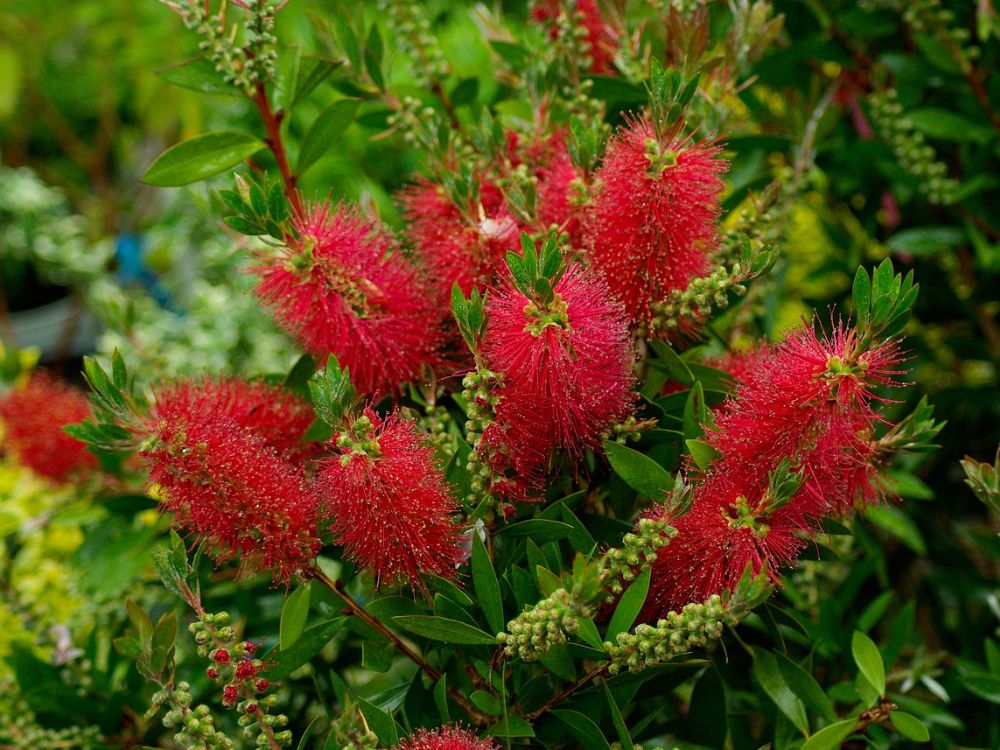
Callistemon, or bottlebrushes, are hardy and thrive in clay soil. Known for their vibrant flowers, they tolerate both drought and waterlogged conditions. They flourish in full sun with well-drained soil.
Acacia (Wattle) Species
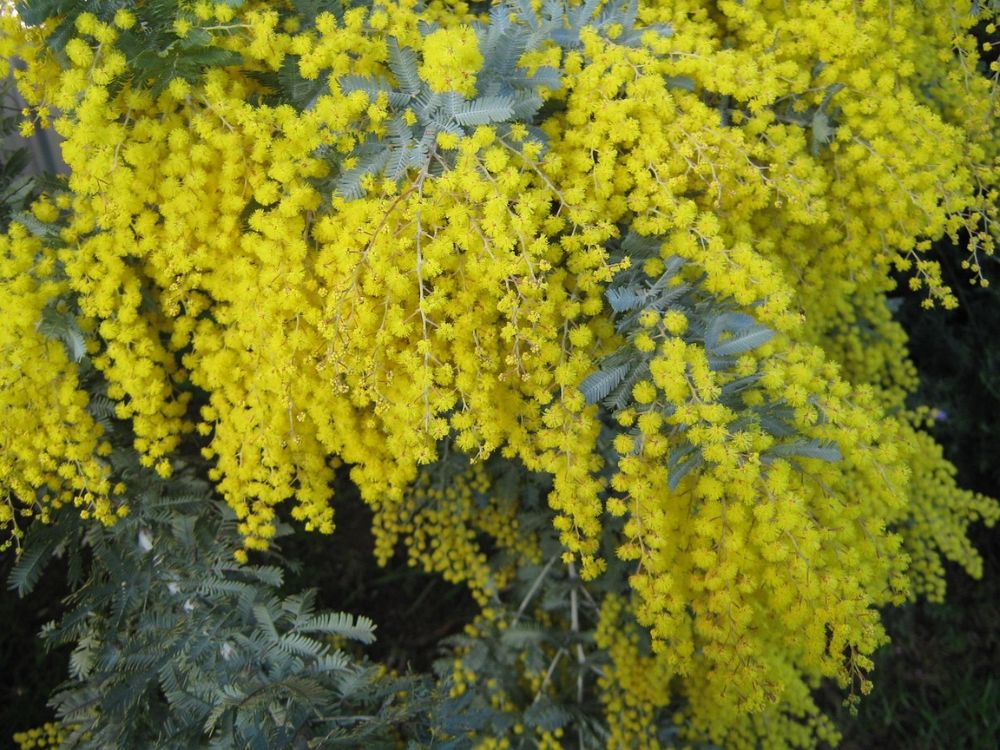
Acacias are robust plants suited to clay soils. They’re drought-tolerant and fast-growing, requiring minimal maintenance once established. These indigenous shrubs and trees are perfect for busy gardeners.
Banksia Species
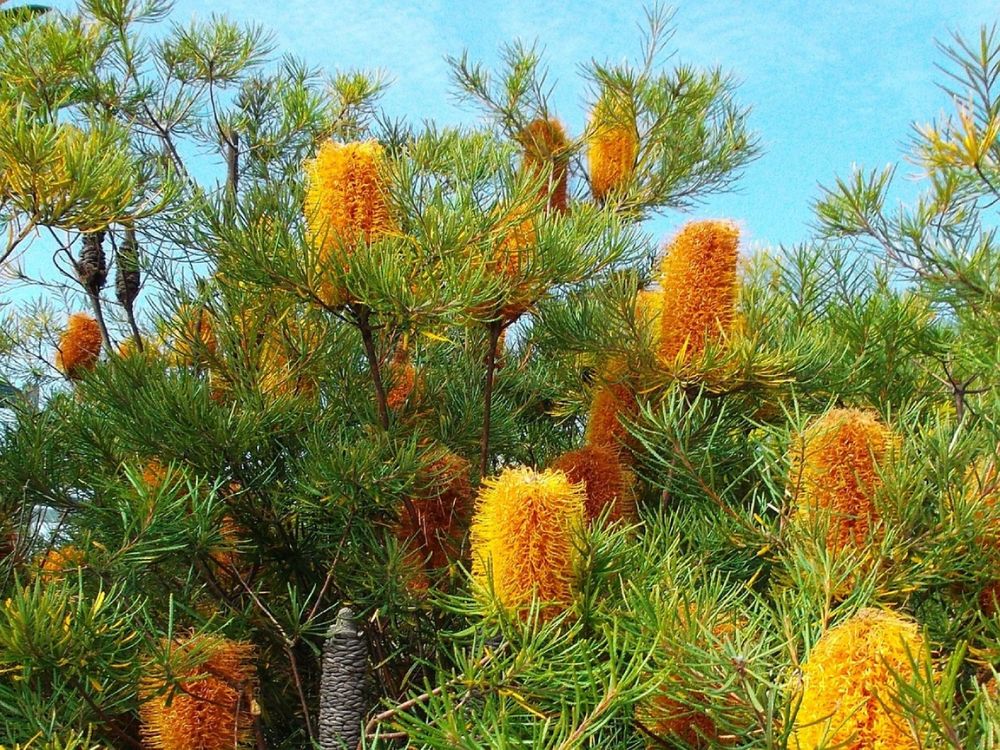
Banksias, with over 170 species, adapt well to Australian clay soils. Known for stunning flower spikes and foliage, they thrive in clay-based gardens, making them a colourful addition.
Melaleuca Linariifolia
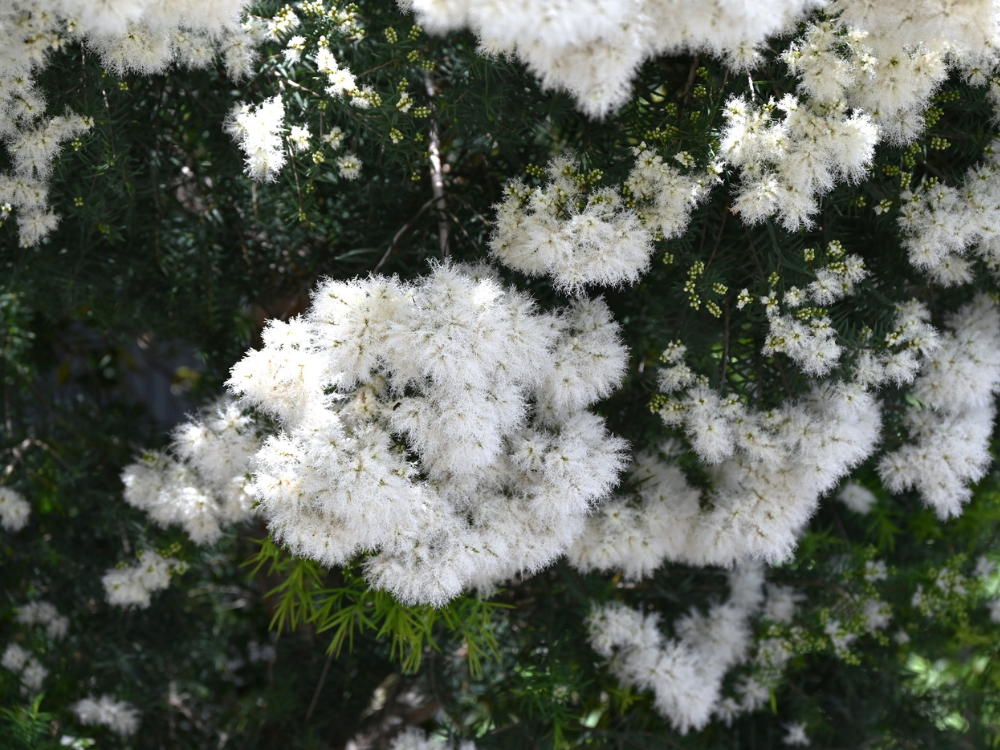
Melaleuca linariifolia, also known as snow-in-summer, is another excellent choice. It thrives in moist, clay soils and adds lovely white flowers to your garden.
Lomandra Longifolia
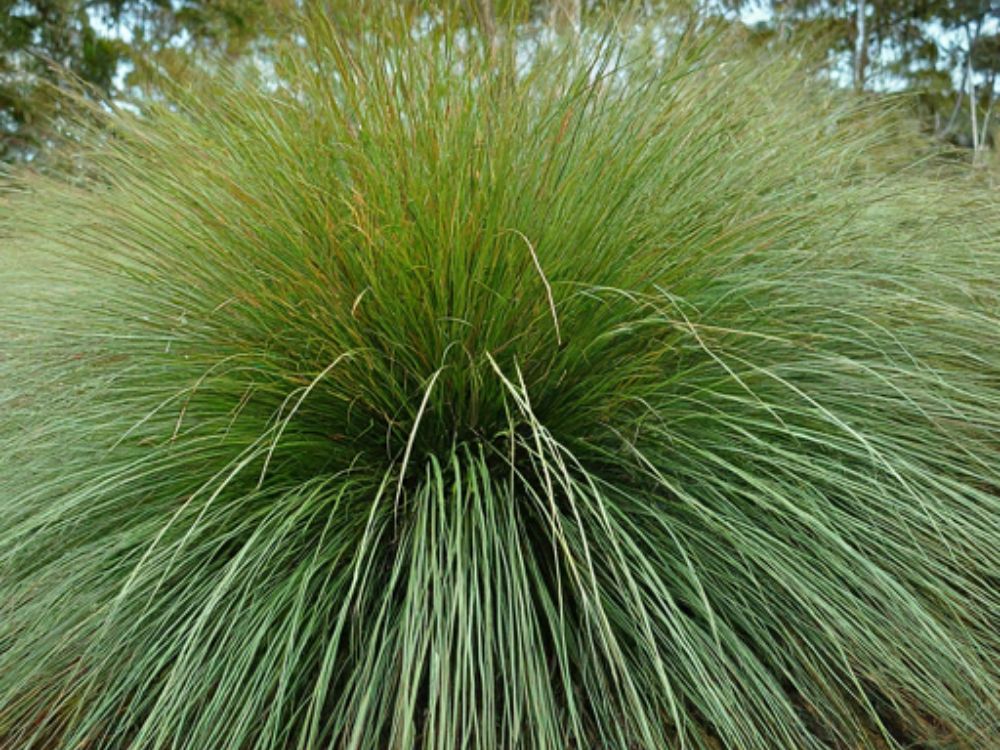
Lomandra longifolia, or mat rush, excels in clay soils. It’s a tough, low-maintenance plant with long, green leaves, ideal for ground cover and erosion control.
Roses
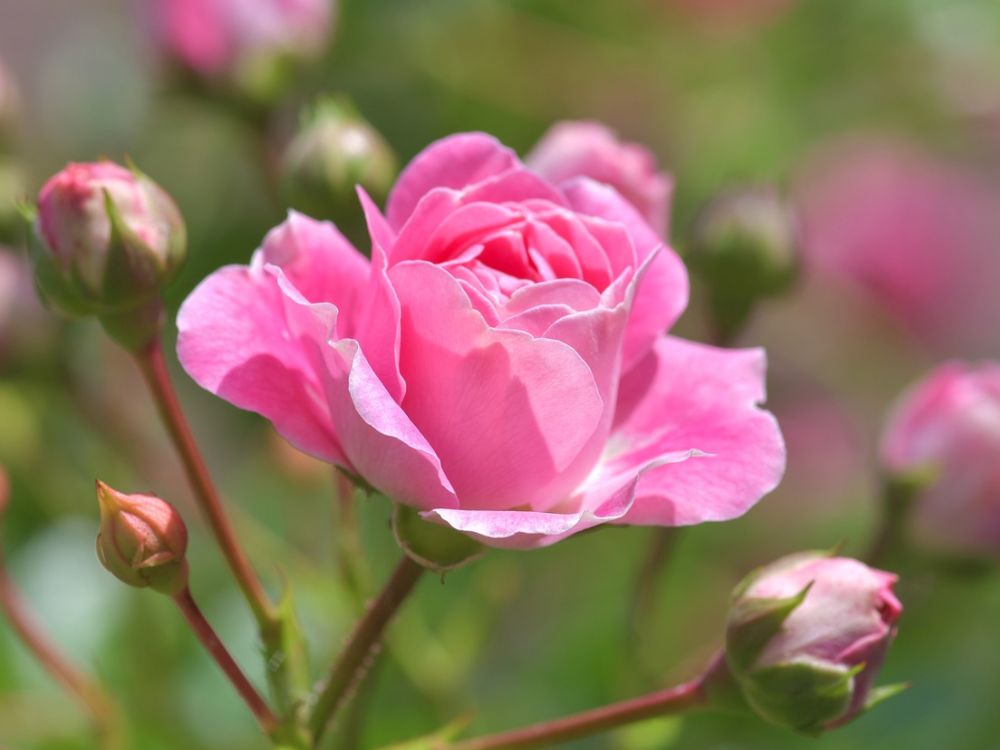
Roses can thrive in clay soil with some preparation. Improve drainage and soil quality with organic matter. You’ll enjoy their beautiful blooms for much of the year.
Leptospermum Petersonii (Lemon-Scented Teatree)
Leptospermum petersonii, or lemon-scented teatree, grows well in clay. It’s a small, hardy tree with fragrant foliage, ideal for hedges and screens.
Philotheca Myoporoides (Long-Leaf Wax Flower)
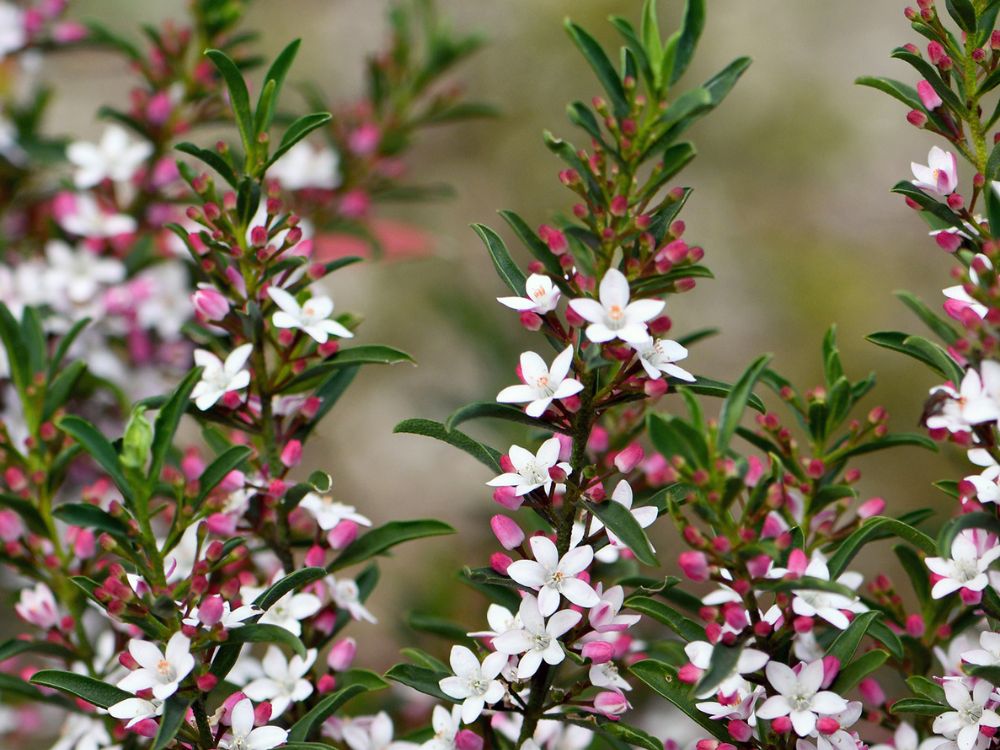
Philotheca myoporoides is perfect for clay soils. This shrub has fragrant white flowers and glossy green leaves, adding beauty to any garden.
Pennisetum setaceum (fountain grass)
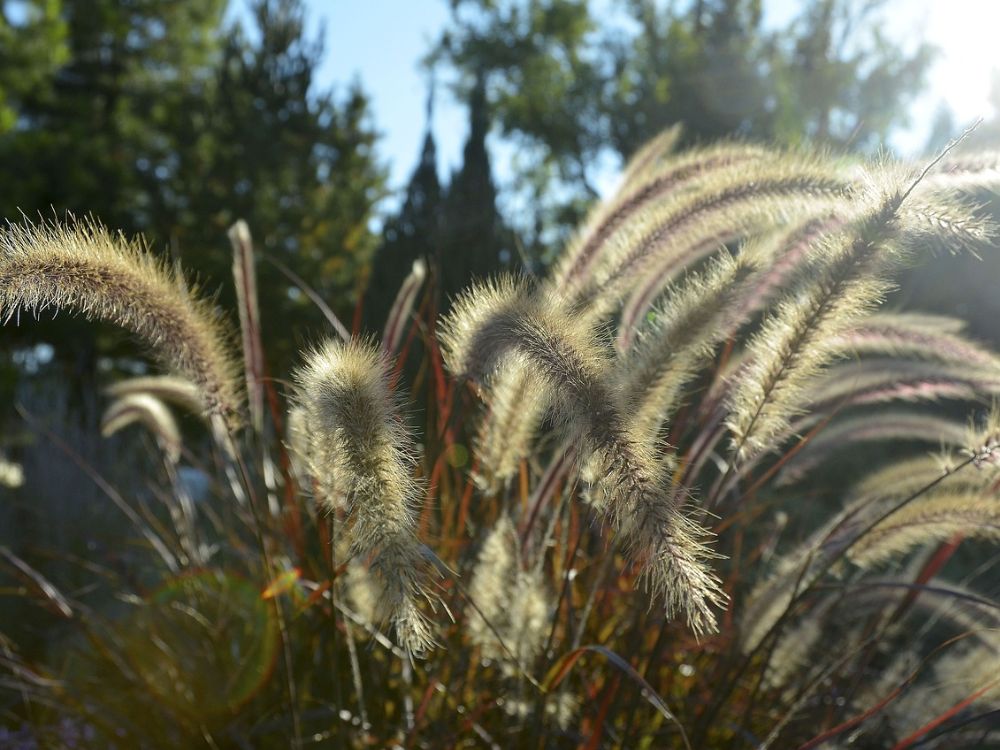
Native grasses, like Pennisetum species, do well in clay. Opt for native varieties to avoid invasive species, and enjoy their ornamental plumes.
Grevillea spp. (Spider Flowers)
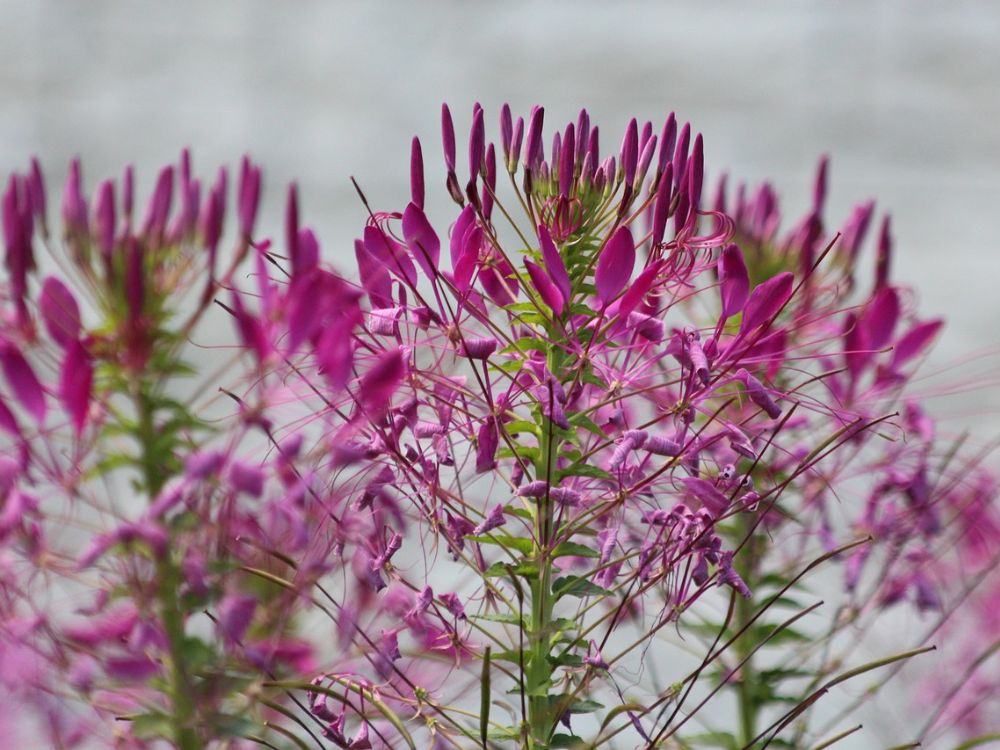
Grevilleas are excellent for clay soils. These evergreen shrubs boast spider-like flowers that attract birds and insects, thriving in well-drained soil and full sun.
By choosing these Australian native plants, you can create a thriving, clay-based garden that’s both beautiful and low-maintenance.
Best Practices for Planting in Clay Soils
Gardening in clay soils can be challenging but also rewarding. With the right approach, you can create a thriving garden even in tougher conditions.
Improving Soil Drainage and Structure
If you want to design your garden, you first need to improve clay soils. Aerate the soil to improve drainage. Use a garden fork to break up compacted areas, allowing water to penetrate better.
Adding organic matter like compost or well-rotted manure helps too. These amendments enhance soil structure and create a healthier environment for roots.
Adequate Watering Techniques
Water deeply but less frequently. This approach encourages roots to grow deeper, making plants more drought-resistant.
Avoid overwatering, as clay soils retain moisture longer. Early morning is the best time for watering to reduce evaporation and fungal growth.
Importance of Mulching
Apply mulch generously around your plants. Organic mulches like wood chips or straw help retain moisture and regulate soil temperature. Mulching also suppresses weeds and adds organic matter as it decomposes. Keep mulch a few centimetres from stems to prevent rot.
Specialised Plant Care for Clay Soil Environments
Problems with Clay Soil
Clay soil can be tough to work with. It tends to compact easily, making root growth a challenge. Waterlogging is also common, leading to poor plant health. These conditions can be particularly difficult during winter and early spring when the soil remains cold and saturated.
Adjusting Soil pH
Clay soils are often alkaline, which can limit nutrient availability. You can use sulphur or gypsum to lower the pH. Always test the soil before adding these amendments. Regular testing helps you keep track of soil changes and adjust as needed.
Optimising Nutrient Availability
Clay soil is often rich in nutrients but not always accessible to plants. Adding organic matter like compost or aged manure can improve nutrient uptake. This also helps enhance soil structure and water retention, benefitting plant growth.
Mulching is another great way to maintain moisture and reduce soil compaction, creating a healthier environment for your plants.
Image by KHBlack – YK1500/depositphotos
